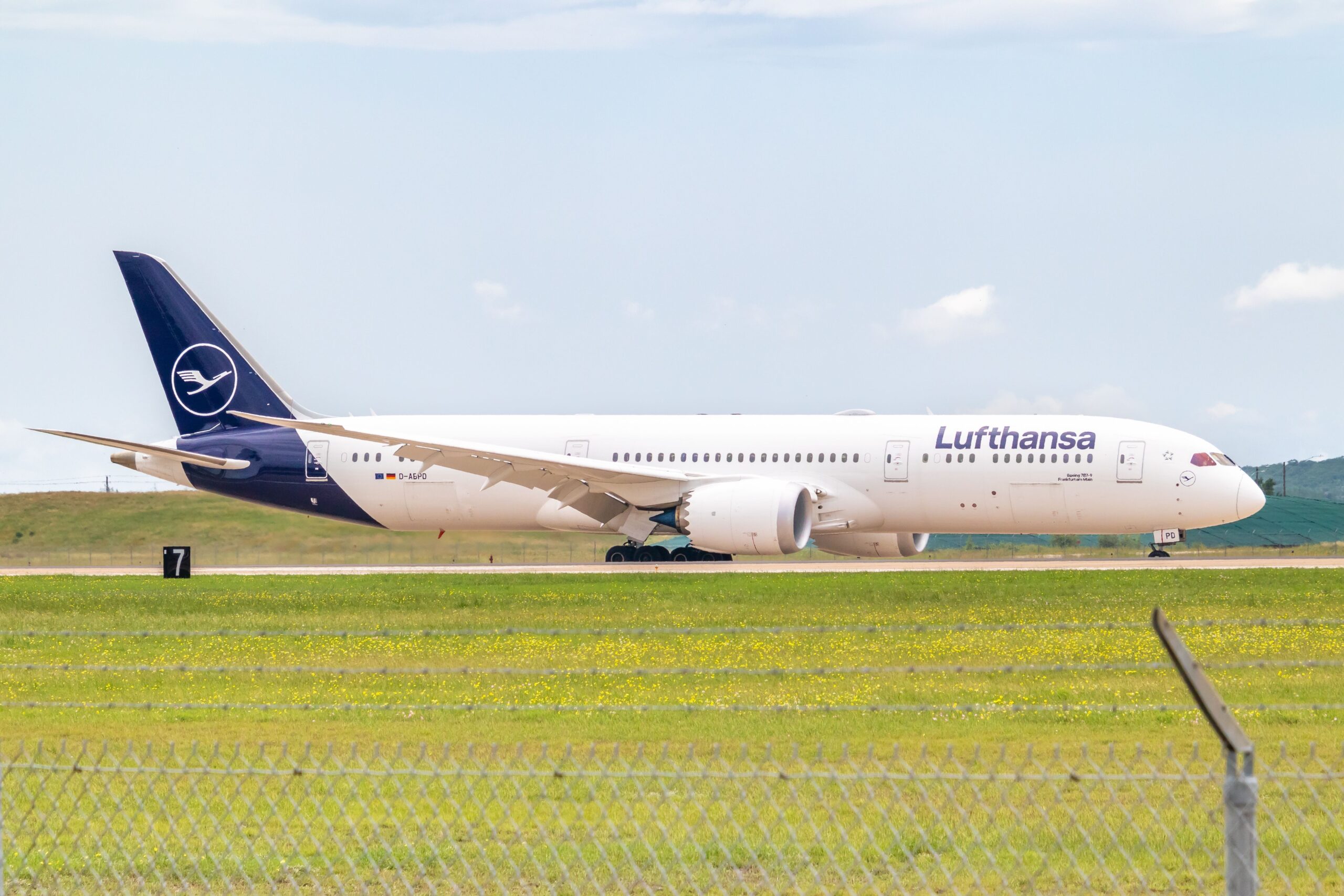Lufthansa has emerged as a significant player in transatlantic travel, ranking as the fifth-largest airline operator between Europe and the United States. According to data from the US Department of Transportation, the airline carried approximately 5.3 million round-trip passengers from June 2024 to May 2025. This figure places it behind only Delta Air Lines, United Airlines, American Airlines, and British Airways in terms of passenger volume.
The majority of Lufthansa’s US-bound traffic, approximately 3.3 million passengers or 62% of its total, traveled through its primary hub in Frankfurt. This airport is notable for being the world’s sixth-busiest for long-haul flights, underscoring its importance in global air travel.
Performance of Frankfurt-US Routes
Between June 2024 and May 2025, Lufthansa operated 18 passenger routes from Frankfurt to the United States. Although the number of routes has since decreased to 17, the airline achieved an impressive 84.4% seat load factor across these flights. This performance exceeds that of its Munich hub, which recorded a load factor of 81.9%, partially attributed to the use of the high-capacity Airbus A380 from Munich.
Analyzing specific routes reveals a diverse performance. For example, the Frankfurt to Los Angeles route had a remarkable seat load factor of 89.1%, transporting around 270,000 passengers. Other high-performing routes included Frankfurt to Miami at 88.9% and Frankfurt to San Francisco at 88.5%.
In contrast, certain routes underperformed, with all below Lufthansa’s average load factor. Notably, the Frankfurt to Minneapolis route recorded the lowest performance, filling only 70.5% of its seats. This route was initiated in June 2024 and was handed over to Lufthansa’s leisure unit, Discover, in April 2025 due to its underwhelming results. The route struggled significantly during the winter months, where load factors dipped to 49.8% in November and 42.2% in February.
Connecting Markets and Future Prospects
Lufthansa’s Frankfurt hub serves as a critical junction for passengers connecting to various international destinations. Notably, the top connecting markets include cities such as Yerevan, Hamburg, and Athens. The airline’s strategic network also facilitates connections to major cities in India, Germany, and beyond, enhancing its appeal to travelers.
The Frankfurt to St. Louis route, launched in June 2022, has also shown promising demand. Operating three flights a week using the A330-300, Lufthansa carried approximately 66,000 round-trip passengers on this route in the last year. Notably, an estimated 45,000 passengers connected to other flights in Frankfurt, highlighting the importance of this route for network connectivity.
As Lufthansa continues to refine its offerings, the airline plans to increase frequencies to St. Louis to five weekly flights next summer. This adjustment aims to cater to growing demand and enhance service levels, especially as St. Louis hosts a significant Bosnian population, which has influenced the route’s passenger demographics.
Overall, Lufthansa’s operations from Frankfurt to the US reflect a healthy demand for transatlantic travel, with significant opportunities for growth and adjustment based on passenger trends and market needs. The airline’s strategic approach in managing its routes underscores its commitment to maintaining a competitive edge in the global aviation market.





































































